
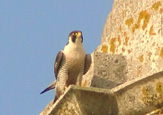
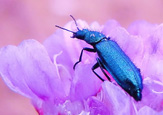
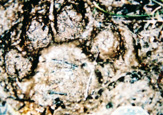
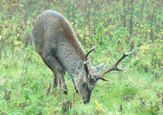

Tasmania
The C.F.Z (The Centre For Fortean Zoology)organised an expedition to Tasmania. The mission was to search for evidence of thylacines, the extinct marsupial predator that was eliminated from the mainland long before they were exterminated on Tasmania, their last stronghold. European settlers put a bounty on their heads as it was believed that they predated on sheep. This was rarely the case, but in their quest for money, hunters wiped out the animal within just one hundred years. The animal was Australia’s apex predator and played a vital role in the control of smaller wallabies and kangaroos as well as small marsupials and some birds. The animal was not the ruthless pest it was reported to be, but a friendly inoffensive creature. It is thought that the last living animal died in Hobart zoo in the nineteen thirties, but officially it was still believed to exist up until the nineteen eighties.
However, sightings persisted in certain area up until the present day. Most of the sightings were from the Eastern part of the island but many were seen within the wild western Tarkine. The Tarkine is an immense wilderness of forests and Heathlands uninhabited by man. The area is so remote and mountainous that anything could be living there without human beings knowing about it. Animals hide out when persecuted by man and it is possible and probable that this species did the same. With so many reports coming from areas in which they used to inhabit, and by credible witnesses, I and many other people believe that the species is still in existence. There is no conclusive evidence, but much circumstantial evidence in the form of eyewitness accounts, footprints, vocalizations and remains of animal kills. It is possible that the species is functionally extinct, and that is to say that there may be small family groups of inbred individuals that are struggling to survive with disease. Other people seem to think that it is increasing in number hence a rise in sightings, even adults with cubs. It is possible that after the animal was protected by law (well after it was thought to be extinct) the few remaining animals within the wildest areas managed to reproduce and tick over. If so, then the animal has become very shy and elusive.
The group of people that I went with were Richard Freeman, Lisa Dowley, Tanya ? and Chris Clarke of cfz Britain, and Rebecca Lang and Mike Williams, Australian members of the cfz. They work within the realms of journalism and are interested in many kinds of mysteries and wildlife matters. They have been involved in the big cat phenomenon, a situation that mirrors the UK problem. Both Mike and Rebecca have been to the UK weird weekends (the cfz annual conferences).
Pumas and leopards live wild in Australia for the same reasons why they do so within Britain and New Zealand and Europe and the U.S.A. People kept them and released them or they escaped and then naturalized in the wild. To what extent, I’m not sure but I assume that it would be on par with Britain regards to distribution and numbers of animals. Of course Australia is huge and the animals would be very hard to monitor and track because of the sheer vastness of the land, but in other ways they could be easily tracked in semi desert areas without physical boundaries. There are many reports and much evidence for the existence of these large cat species and also of giant wild domestic cats larger than foxes. If Tasmanian tigers (Thylacines) still existed on the mainland (and I have no reason to disbelieve this) the there would be a crossover within some of the field evidence with large cats; a clinically filleted roo, maybe the work of a puma, and not a thylacine for example. Many people disbelieve the idea that large cats are living there but except thylacines are doing so. In reality, it is far more likely that big cats are the culprits second to wild dogs either dingo’s or stray domestic dogs. Thylacines have not been known to exist in the mainland Australia since modern man arrived as there were no reports of them. The animal did exist though as aborigines’ painted them on cave walls and they are mentioned within their stories and culture to a small extent. There are also many alleged sightings within wilderness areas. The animal may have become super sensitive to human activity and hide out in remote areas. If thylacines still exist in Tasmania, then they can surely still occur on mainland Australia.
I was not expecting to find any evidence of the species but I did dream as many researchers do. We visited the Arthur river areas and camped in the Tarkine temperate rainforests. It was an amazing experience. One thing is very apparent is the fact that there is much in the way of natural prey within these areas, sometimes too much that one can logically assume that there cannot be large scale predation as there would not be concentrated numbers of potoroos, paddymelons and Bennets wallabies. Other people would suggest that so much food would be ideal for them and a reason for them to remain and tick over. There was a nagging problem though, and that was that there were so many Tasmanian devils that I found it hard to believe that they would have coexisted alongside each other without competition. The devils were the healthiest within tassie, and we did not see any with facial tumours but I did photograph a wallaby with an obvious facial tumour! This may not have been the same disease but due to something entirely different. We drive for hundreds of miles across the wilderness looking for any possible signs. We put out game cameras but only snapped devils and possums. We found many scats but they came back negative for thylacine D.N.A There were however huge wild domestic cats, as they were caught on cameras. There are no dingoes in Tassie, but many stray and wild dogs. Wild dogs would mean big trouble for thylacines, not just from competition but possible killing by dogs as the thylacine is not very large, being average dog size and having weak but large jaws. On the other hand, some dogs may see the thylacine as a natural predator and avoid it like dogs do with large cats. In areas the game was so thick that if there were thylacines they would have given themselves away. We found no footprints other than wombat and devil.
We spoke to witnesses and people who had heard the distinctive yelping of thylacines and we spent time in hotel that was dedicated to the cause, The tiger bar. We did not enter the most remote areas of the South western part of the Tarkine as it was too remote and hard going. We travelled everywhere in four by four vehicles and only hiked very short distances. The terrain was amazing. Within the huge forests giant myrtle trees, the second ta
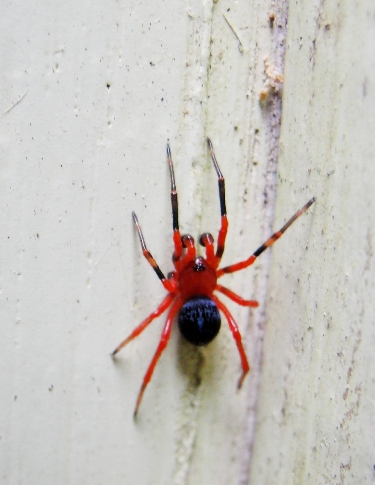 Turtle Shell Arkys |
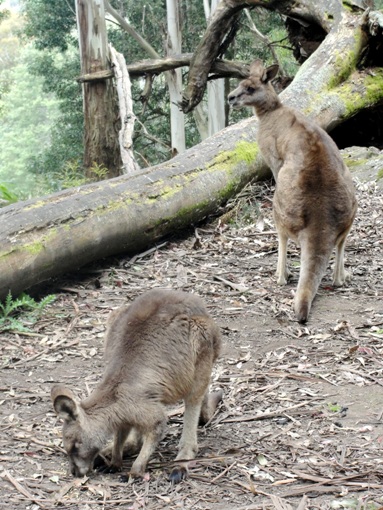 Eastern Grey Kangaroo |
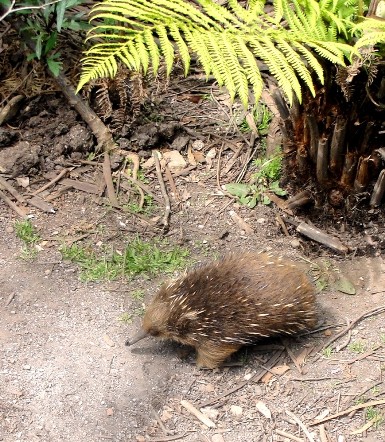 Echidna |
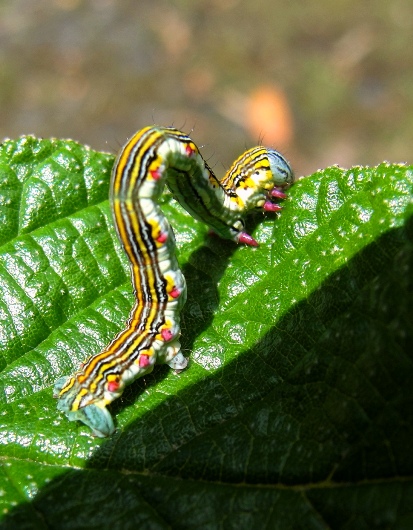 Moth Catterpillar |
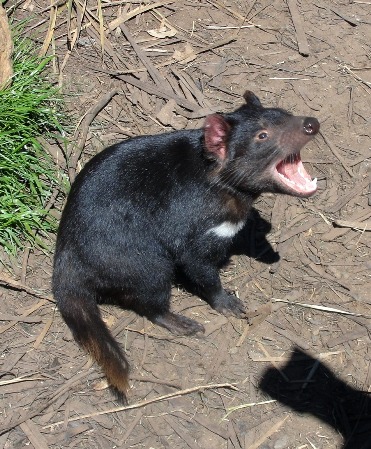 Tasmanian Devil |
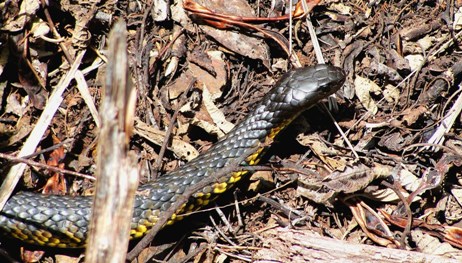 Tiger Snake |
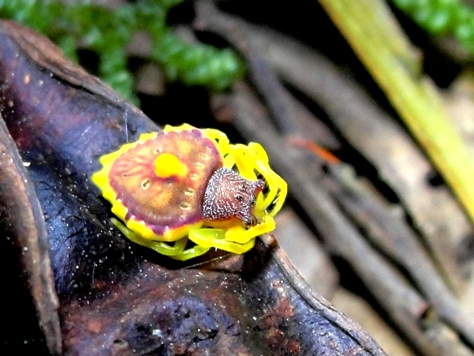 Turtle Shell Arkys |